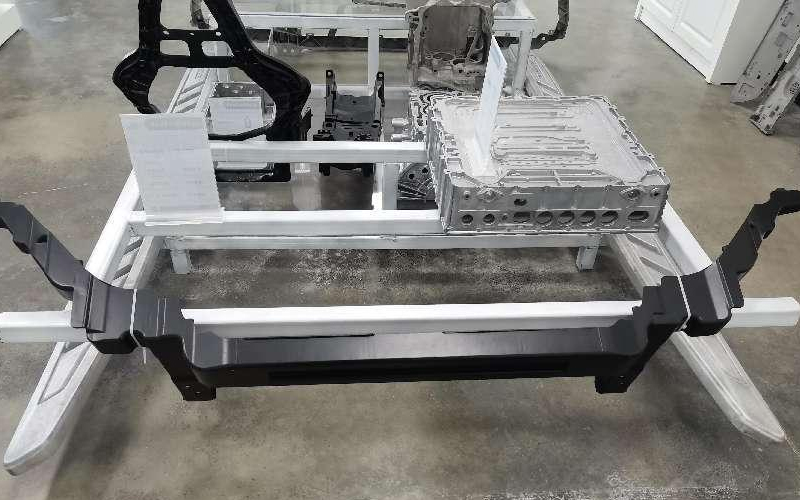소개
Die casting is a widely used manufacturing process in which molten metal is injected into a mold cavity under high pressure to produce complex and precise metal parts. The quality and efficiency of the die casting process depend significantly on the design and manufacturing of the die-casting mold. In this article, we will explore the key considerations and steps involved in designing and manufacturing an efficient die-casting mold.
Design Considerations
The first step in designing a die casting mold is to understand the requirements and specifications of the desired metal part. This includes the size, shape, and dimensional tolerances. Additionally, factors such as the type of metal, the required surface finish, and any functional requirements should be taken into account.
The mold design should aim to maximize the efficiency and productivity of the die casting process. This involves optimizing the mold’s cooling system to ensure proper heat dissipation and reduce cycle times. Proper gating and runner systems should be designed to facilitate the smooth flow of molten metal into the mold cavity, minimizing turbulence and air entrapment. The mold design should also consider the ejection mechanism to ensure easy and efficient removal of the solidified part.
Manufacturing Process
Once the mold design is finalized, the manufacturing process begins. The first step is to prepare the mold material, which is typically a high-quality steel alloy. The mold material must have good thermal conductivity, high strength, and wear resistance to withstand the high pressures and temperatures during the die casting process.
Next, the mold is machined using advanced CNC milling and turning techniques. The mold cavity and core are precisely machined to the desired geometry, often with tight tolerances in the range of micrometers. The cooling channels are also machined to ensure uniform heat dissipation throughout the mold.
After machining, the mold undergoes various surface treatments to enhance its durability and performance. This may include processes such as polishing, plating, or coating to improve the mold’s release properties, corrosion resistance, and surface finish.

품질 관리
Throughout the design and manufacturing process, quality control plays a crucial role in ensuring the efficiency of the die casting mold. Advanced inspection techniques, such as coordinate measuring machines (CMM), are used to verify the dimensional accuracy of the mold components. Non-destructive testing methods, such as ultrasonic or X-ray inspection, can be employed to detect any internal defects or cracks in the mold.
Additionally, the mold is subjected to rigorous testing during the initial production runs to validate its performance. This includes checking the mold’s ability to produce parts within the specified tolerance range, assessing the mold’s durability and resistance to wear, and evaluating the cooling system’s effectiveness.
결론
Designing and manufacturing an efficient die casting mold requires careful consideration of various factors. The mold design should optimize the cooling system, gating, and runner systems, as well as the ejection mechanism. The manufacturing process involves machining the mold with high precision and applying surface treatments for enhanced durability and performance. Quality control measures ensure the mold’s dimensional accuracy, durability, and overall performance. By following these steps, manufacturers can produce high-quality metal parts efficiently and effectively using the die casting process.

 0086-750-5616188
0086-750-5616188 +86 13392089688
+86 13392089688 sales@zhongmei-tech.com
sales@zhongmei-tech.com













